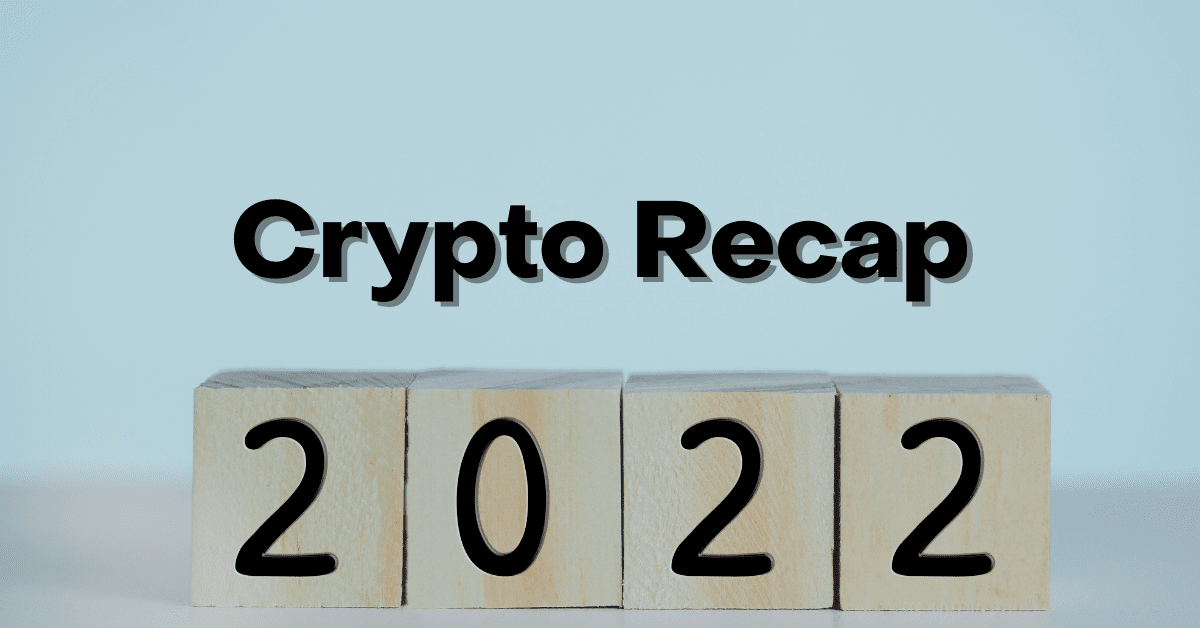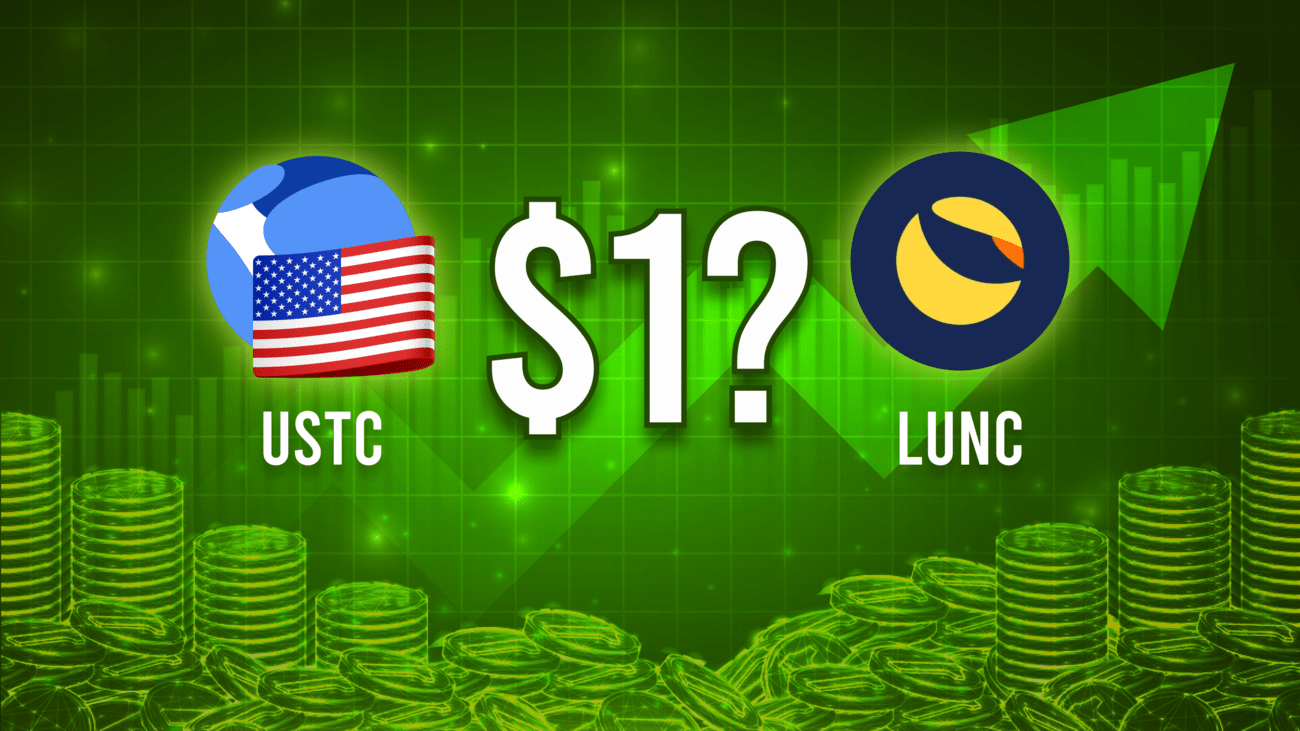Everyone loves a good comeback story. With Luna Classic now in the hands of the community, they are doing everything in their power to revive the ecosystem. Several crypto heavyweights such as Binance have also joined their cause. The question is, “will Luna Classic succeed long-term?” In this article, we will take a look at the recovery plan proposed by the Classic community and share some insights on the future direction of Luna Classic.
History of Terra Luna
The collapse of the Terra ecosystem in May 2022 was one of the most devastating black swan events in crypto history, wiping at least $60 billion off the market which triggered a dangerous domino effect across the industry such as the fall of Three Arrows Capital and Voyager Digital.
Terraform Labs (TFL) developers shortly abandoned the Classic chain in support of Luna 2.0, the new Terra blockchain. This led to an overhaul of the community demographic, leaving only the validators and true believers of Luna Classic behind, not to mention millions of investors who are still holding onto LUNC or USTC with no exit opportunity.
Luna Classic’s Chance at Redemption
Despite its unfortunate history, there might be a glimmer of hope for Luna Classic. The technology and blockchain infrastructure are still there, and developers can still build on it. In fact, there are numerous DApps that have expressed an interest to return and build on Luna Classic. However, the ecosystem faces the opposite problem of most layer-one protocols. Instead of incentivizing user adoption with tokens, Luna Classic has hundreds of thousands of active users but no additional token incentives.
This means that Luna Classic’s native tokens do not offer much utilities for developers to build off of, due to trillions of LUNC tokens in circulation and the USTC depeg. Therefore, in order to attract developers and builders to the Classic chain, the token situation must be addressed, and that is exactly what the community is doing right now.
Luna Classic – Community-Driven Blockchain
Community volunteers have self-organized into multiple groups to help build and restore the Luna Classic blockchain. Terra Rebels is one of the larger communities with seasoned developers and business professionals that is leading the recovery plan. None of the groups have any affiliation with TFL nor work under any central organization or established entities at this time. Essentially, the communities are filling the developer void impartially and in accordance with community proposals that pass the voting process. All codes are open to audits and feedbacks, and all community members have a say in vetting and implementing the code base.
On August 26th 2022, after two months of disabled proof-of-stake validation in response to the collapse, governance was restored as citizens of Luna Classic could delegate, stake, and vote for the future of the ecosystem. As of now, proposals and the associated implementations are being passed by the Terra Classic Decentralized Autonomous Organization (DAO). When adopted, a new wave of delegators and validators from the community would stake on Luna Classic, built by community developers. This would be the beginning of a truly community-driven blockchain, but the path to that is still long and arduous.
Recovery Plan of Luna Classic
Deflationary Token Mechanism (Tax and Burn)
On September 15th 2022, Terra Classic governance proposal 4661 passed with a 99.88% “yes” vote to enable a 1.2% tax and burn on all on-chain transactions. With more than 6 trillion LUNC in circulation, the main goal is to reduce the hyperinflated total supply until it reaches 10 billion LUNC. After that, the mechanism will be disabled via smart contract, and the total supply will not be changed. Based on the law of supply and demand, this creates scarcity which inherently increases the value of LUNC tokens. However, it takes more than just burning for LUNC to maintain a relatively stable price. There has to have a mechanism for LUNC to capture some of the value brought to the blockchain, otherwise it would be another exit race for all investors.
The main concern for the tax and burn is that it would likely reduce on-chain activities, as core users and projects are affected. Terra Rebels addressed this in their white paper, stating that the community can structure the implementation to be flexible as time progresses. The tax rate can be changed via parameter proposal at any time and adjusted after every epoch. Nevertheless, the community has voiced with unity that they are willing to play their part.
The bigger play here however is to reach out to major centralized exchanges (CEX) and implement the same tax and burn for all LUNC trades on their platform, since it only applies to on-chain transactions. As a result, several major CEXes such as Binance, KuCoin, Kraken, Huobi, MEXC Global, and more have joined the cause. Moreover, a petition has been filed on change.org to relist LUNC on Coinbase. It is important to note that the Terra ecosystem is still under strict government regulations as a result of the collapse. But if it succeeds, the help from the U.S. market would greatly accelerate the burning process.
This goes to show the power of a unified and driven decentralized community, and perhaps the potential crypto heavyweights see in a Luna Classic comeback.
USTC Repeg Proposal
In October 2022, two factions of the Terra community proposed their own approach to repeg USTC. As both plans are new, there are no specific timings outlined. It is up to the community to debate these proposals and decide which approach is better.
Proposal #1 – Algorithmic Fungible Token Debt Restructuring
The first one jointly published by Alex Forshaw, Edward Kim and Maximilian Bryan presents the idea of minting 500 million LUNC to purchase Bitcoin as collateral for a new algorithmic fungible token (AFT) called USTN. The whole point of it is for current USTC holders to receive compensation meaningful relative to the current USD value of their holdings, making them as whole as possible under current legal constraints. It is akin to a debt-for-equity swap in traditional finance.
However, this proposal was met with a lot of criticisms from the community, since minting more LUNC defeats the purpose of the tax and burn initiative. Although it would create a short-term growth cycle, it would most likely be unsustainable medium to long-term, due to the oversupply of LUNC.
Shortly afterwards, Forshaw announced that the updated plan will not involve minting LUNC. Instead, USTN’s Bitcoin collateral will be managed by a tranche-based decentralized reserve system as outlined in section 5 of their original white paper. However, most of the community still do not like the idea of creating a new token. Why not just create mechanisms around USTC, bringing value to the ecosystem, instead of phasing it out? This is where the second proposal comes in.
Proposal #2 – Quantitative Tightening to Incentivize New Businesses
In response to Forshaw’s proposal, core developer Tobias Andersen (aka Zaradar) developed a different solution that focuses on improving USTC, instead of substituting it. Andersen believes that a USTC repeg could be accomplished by incentivizing new businesses to use Luna Classic’s existing blockchain infrastructure. The plan to achieve this however is a more “painful” journey as quoted by the author, but is more organic and sustainable in the long run.
The plan adapts a form of quantitative tightening (QT), a traditional finance technique used by central banks to decrease liquidity in the economy. For Luna Classic, it would involve installing burn taxes and increasing interest rates on staking rewards. Rewards would be lowered and lock-up periods increased. The whole point is to significantly reduce the circulating supply of both USTC and LUNC, making the value networks sustainable long-term.
As for incentivizing new businesses on the blockchain, the features include partitioned pools, where DApps can create their own commodity token which is captalized via LUNC and traded via USTC. Based on each pool, this brings another utility to USTC as a “value transfer”, with investors using the stablecoin to swap between pools. To help keep partitioned pools stable, a swap tax is applied when commodity tokens exit the partitioned pools into USTC. This process would be measured and regulated by the ABS keeper, which is a range of volatility guards and tax policies governed by the DAO.
However, some things are unclear in the proposal. Andersen did not explain exactly how a successful implementation of these would help USTC regain its peg, and more importantly maintain the peg. He only explained a way to appreciate the price of USTC with increased network activity on the blockchain. Unless there is a way to successfully prevent another death spiral, we would see $10 billion worth of USTC debt tear down any bull run with an avalanche of speculative mercenary capital.
Rebuilding the Project Ecosystem
In order to restore DApp and project support on the Luna Classic, Terra Rebels will restore inter-block communication (IBC) between Osmosis and Terra, re-enabling and unlocking the transfer of token and data between chains. Currently, more than 150 million USTC is stuck in Osmosis alone. Opening up the channel will allow users to transfer funds from Osmosis’ LUNC and USTC liquidity pools for use in other DApps.
Moreover, on June 24th 2022, Terra Rebels launched “Rogue-1” TestNet to test governance parameter proposals and ensure the tax burn code is working. It also has the necessary upgrades in Cosmos smart contracts and IBC to communicate with the rest of the Cosmos ecosystem. Based upon the Luna v2 core, other projects built on Luna v2 will not require additional development as it is compatible with both blockchains. The core implementation is expected to be completed in 2023.
Verdict on Luna Classic Comeback
For Luna Classic, there is a sense of justice that is unprecedented in the history of crypto. People around the world have literally lost their life savings because of the collapse. Similar to how volunteers help rebuild communities who were hit by natural disasters, we are seeing the crypto community and even crypto powerhouses step in to help revive a project with a failed reputation and fix a problem they did not create.
There is a reason why LUNC is still performing relatively well, ranking top 35 in market cap at the time of writing. Whereas LUNA is barely in the top 100, since it is more associated with Do Kwon and the TFL. This goes to show that the Classic chain is entirely governed and driven by the community, which is the essence of decentralization in the first place.
Despite the communities’ effort, there is no way to be sure that the comeback of Luna Classic is written in the stars. As of now, the proposed plans of the community solely focus on reducing the hyperinflated token supply and attracting new businesses to the blockchain. And even if Luna Classic does make a comeback, we cannot know for certain that their token price and network activity will remain stable long-term. But it is reasonable (or optimistic) to assume that the plans being debated and deployed now are just the first step to recovery.

